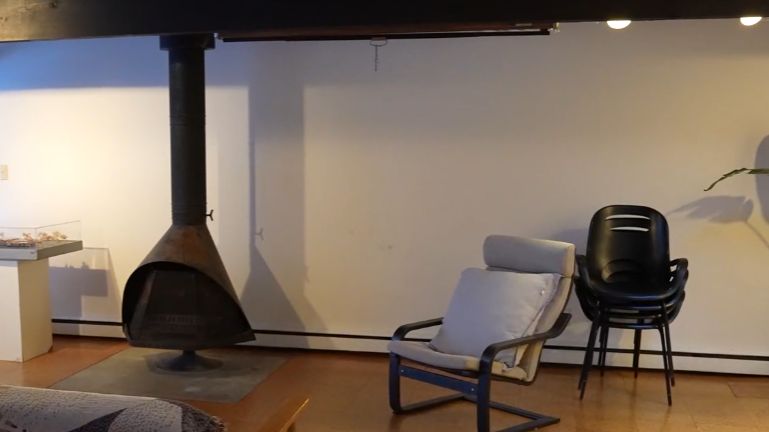LACKWANNA, N.Y. — A Western New York nurse took matters into her own hands when concerns of lead poisoning rose in Buffalo Public Schools back in 2022. Now she has her own brick and mortar clinical lab, which is soon to be a community health center.
Francesca Gidney wheeled a cart of COVID and lead tests into schools two years ago. Now, her passion for one-on-one patient care has grown into a permanent space in Lackawanna.
Buffalo Clinical Lab at 2371 South Park Ave. provides lab testing while Gidney keeps a close eye on possible lead exposure in patients.
“We will never abandon the initiative of detecting lead exposure, preventing lead exposure and giving information in reference to lead exposure,” Gidney said.
With each person that comes in, Gidney pays attention to the person’s current and previous zip codes in case they live in a hotspot. If they are, she follows up to see if any children live in the home. These efforts are intended to trace sources of possible lead exposure in the community and get people the right treatment.
Lead poisoning can come from drinking water, bathwater, or paint chips and dust.
According to the Cleveland Clinic, it can cause anemia, high blood pressure and kidney problems in adults.
In children, it can manifest as behavioral issues, learning difficulties and hyperactivity.
“You have a child that’s restless in school and you don’t understand why, and they simply can’t even explain it to you, but they don’t feel well. They can’t pay attention. This child may be diagnosed with ADHD and that’s not the case,” Gidney said.
The initial lead test is a finger prick. If lead is found in the blood, Gidney said she will order blood work. From there, the Department of Health is contacted and the patient is treated for lead poisoning.
Damage is irreversible, but it can be mitigated with the right steps like removing people from the environment and replacing lead infrastructure.
The Environmental Protection Agency announced $129 million in funding to New York state for lead pipe replacement and the advancement of clean drinking water.










